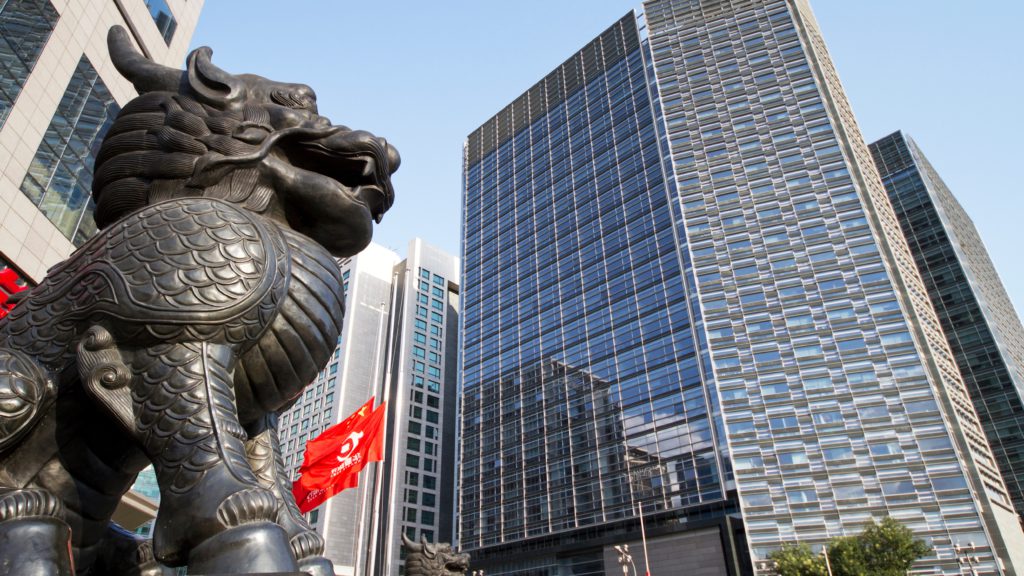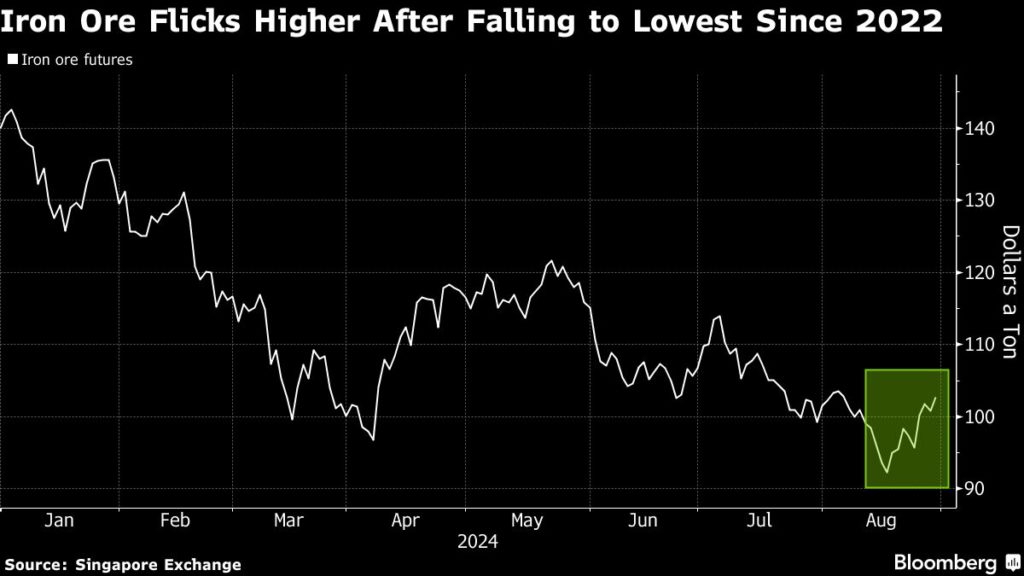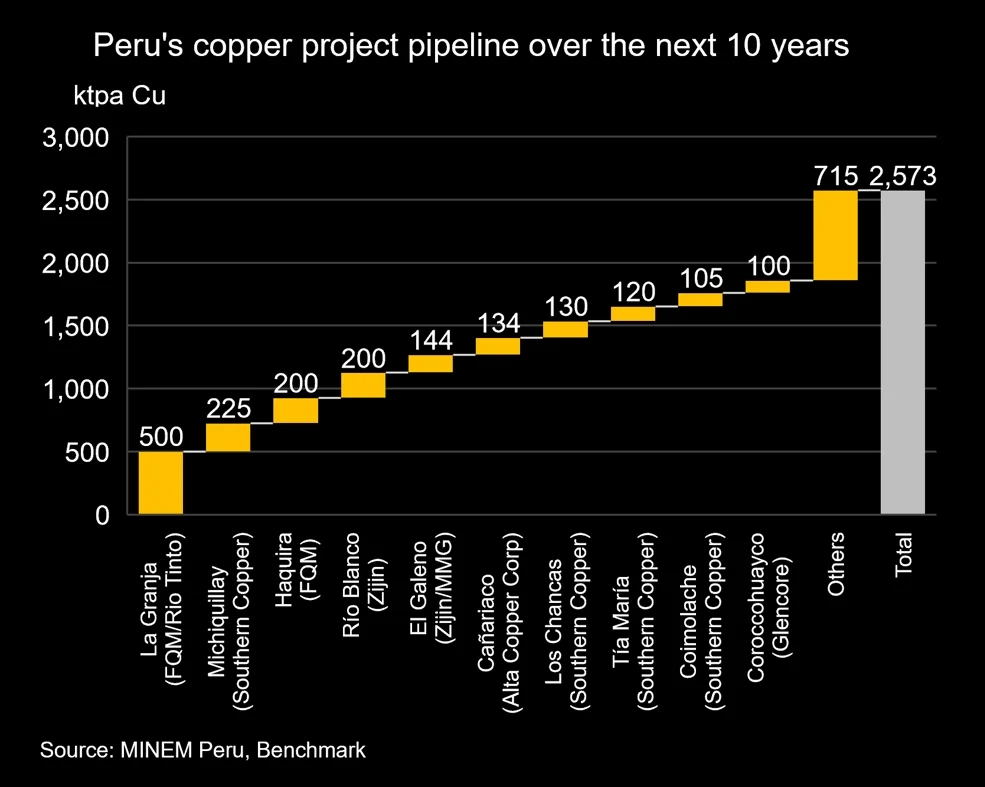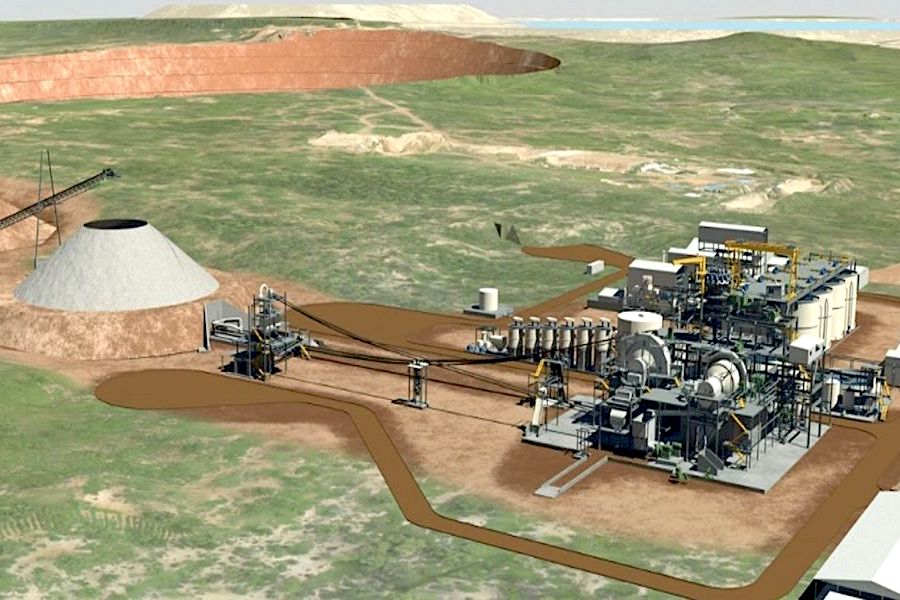Are we running out of oil?
This question has been on the minds of many experts in recent years.
The world consumes a staggering 100 million barrels of oil every single day. This dependence on fossil fuels has powered our modern society, but recent events like the war in Ukraine and the resulting energy crisis have underscored our vulnerability to disruptions in the global oil supply.
But what does this mean for our future? Will we have to give up our cars and switch to bicycles? Or will new technologies save us from a world without oil?
Understanding the concept of "peak oil " is crucial in navigating this uncertain energy landscape.
In this article, we'll dive deep into the topic of peak oil and explore its causes, implications, and potential solutions.
What Is Peak Oil
Peak oil refers to the point in time when global petroleum production reaches its maximum point and subsequently begins an irreversible decline. This occurs when readily accessible oil reserves are depleted, forcing us to rely on more challenging and expensive extraction methods.
The concept was first introduced by M. King Hubbert in the 1950s. His theory proposed that oil production would follow a bell-shaped curve, with a peak representing the point at which half of the total recoverable reserves had been extracted. This prediction has been largely accurate, as we have witnessed a steady increase in global oil production followed by signs of plateauing and even decline in recent years.
The implications of peak oil are far-reaching. As we deplete the most accessible oil reserves, extracting remaining resources becomes increasingly challenging and expensive. This leads to higher production costs, which are eventually passed on to consumers in the form of higher prices for gasoline, diesel fuel, and other petroleum-based products. Additionally, the transition to less accessible reserves can disrupt supply chains and geopolitical stability, further exacerbating the challenges associated with peak oil.
What Will Cause Peak Oil?
The inevitability of peak oil is driven by a confluence of factors:
- Geological Constraints: One of the primary reasons for peak oil is geological constraints. Most of the world's easily accessible oil reserves have already been discovered and exploited, meaning that oil companies must turn to more difficult-to-reach reserves, such as deepwater offshore drilling or unconventional sources like shale oil. These reserves are often more expensive to extract and produce smaller yields than traditional wells. As a result, the cost of producing each barrel of oil increases over time.
- Geopolitical Instability: Geopolitical instability can also play a role in peak oil. Many of the world's largest oil-producing regions are located in politically unstable areas where conflict and unrest can disrupt production and supply chains. For example, wars in Iraq and Syria have led to significant disruptions in global petroleum production in recent years. And Venezuela’s ongoing economic crisis has absolutely crushed its ability to produce oil.
- Technological Limitations: Despite advancements in drilling technology, there are limits to how much oil can be extracted from a given reserve. Environmental concerns also restrict new drilling sites and expansions, making it more challenging to increase production.
- Rising Demand: The growing energy needs of developing economies, particularly China and India, put additional strain on the global oil supply. As these countries continue to industrialize and urbanize, their demand for oil is expected to rise, further accelerating the depletion of reserves.
- Environmental Pressures: The increasing awareness of climate change and the associated environmental impacts of fossil fuel consumption have led to growing pressure to reduce reliance on oil. This includes efforts to transition to renewable energy sources and to implement policies that limit the use of fossil fuels.
The consequences of this decline could be catastrophic if we do not take action now to transition away from fossil fuels towards renewable energy sources or invest heavily in carbon capture technologies designed to mitigate their impact on the environment.
Peak Oil Is Not The Same As Peak Oil Demand
One common misconception about peak oil is that it is the same as peak oil demandhttps://oilprice.com/Energy/Crude-Oil/How-Close-Are-We-To-Peak-Oil-Demand.html. While both concepts are related to the future of global petroleum production, they represent different phenomena.
Peak oil refers to the point at which global petroleum production reaches its maximum point and begins to decline. This means that we will have extracted all of the easily accessible and cost-effective reserves, and will need to turn to more expensive and difficult-to-reach sources to meet our energy needs. The consequences of peak oil could be significant, including higher prices for gasoline, diesel fuel, and other petroleum-based products.
On the other hand, peak oil demand refers to the point at which global demand for petroleum products begins to decline.
This could happen for a variety of reasons, including:
- Increased adoption of electric or hydrogen vehicles
- Increased availability of consistent renewable energy
- Rising oil prices
- Environmental concerns
While these two concepts are related in that they both relate to the future of global energy production and consumption, they represent fundamentally different phenomena with distinct implications for our society and economy.
It's worth noting that while peak oil demand may not necessarily coincide with peak oil production, there is some evidence suggesting that it may be coming sooner than previously thought.
For example, several countries have announced plans to phase out gasoline-powered cars within the next few decades in favor of electric vehicles.
Additionally, advances in lithium battery technology, alternative battery technology and renewable energy could make it increasingly cost-effective for individuals and businesses alike to switch away from fossil fuels.
What's Next? Navigating a Post-Peak Oil World
As global oil production eventually declines, several scenarios could unfold:
- Complete Transition to Renewables: A shift towards solar, wind, and other renewable energy sources to meet all our energy needs.
- Reduced Fossil Fuel Use with Carbon Capture: Continued but diminished fossil fuel use, coupled with technologies to mitigate their environmental impact.
- New Technologies: Development of innovative extraction methods or synthetic alternatives to access previously inaccessible reserves.
Regardless of the path we take, proactive measures are necessary to avoid a chaotic transition.
One thing is certain: our reliance on fossil fuels cannot continue indefinitely. By investing in new technologies now, we can help ensure a smooth transition away from petroleum-based products over time.
Peak oil represents a major challenge for humanity as we seek ways to meet our growing energy needs.
At least for now, we’re dependent on oil. And while no one knows exactly when or how this process will unfold, one thing is clear: change is coming whether we're ready for it or not.
Peak Oil Frequently Asked Questions
Will peak oil ever happen?
Yes, peak oil is highly likely to happen. It is a matter of when, not if. While new discoveries and technological advancements can extend the timeline, geological limitations and increasing demand will eventually lead to a decline in global oil production.
When was peak oil in the US?
The United States experienced its first peak oil in conventional oil production in 1970, reaching around 9.6 million barrels per day. However, with the advent of fracking and other technological advancements, the U.S. has seen a resurgence in production, reaching a new peak of approximately 13 million barrels per day in 2019. It's worth noting that this new peak is primarily driven by unconventional sources like shale oil, which are more expensive and environmentally impactful to extract. Experts predict a decline in U.S. oil production in the coming years as shale oil wells deplete faster than conventional ones.
How many years of oil is left in the world?
Estimates vary, but based on current proven reserves and consumption rates, we have roughly 50 years of oil left at current production levels. However, this is a dynamic figure influenced by new discoveries, technological developments, and changes in demand. As we transition to cleaner energy sources, oil consumption might decrease, extending the timeline.
How does peak oil affect humans?
Peak oil has the potential to cause significant disruptions to human society, including:
- Economic Impacts: Rising energy prices and supply disruptions can lead to increased transportation costs, higher food prices, and economic recession, particularly affecting industries heavily reliant on oil.
- Social and Political Unrest: Economic hardship and energy insecurity can trigger social unrest and political instability.
- Geopolitical Conflicts: Competition for dwindling oil resources can exacerbate existing geopolitical tensions and even lead to new conflicts.
- Environmental Impacts: Increased reliance on unconventional oil sources can lead to heightened environmental damage due to more intensive extraction processes.
It is crucial to proactively mitigate these potential impacts through a multifaceted approach, encompassing investments in renewable energy, energy efficiency measures, and sustainable transportation solutions.
By Michael Kern for Oilprice.com







